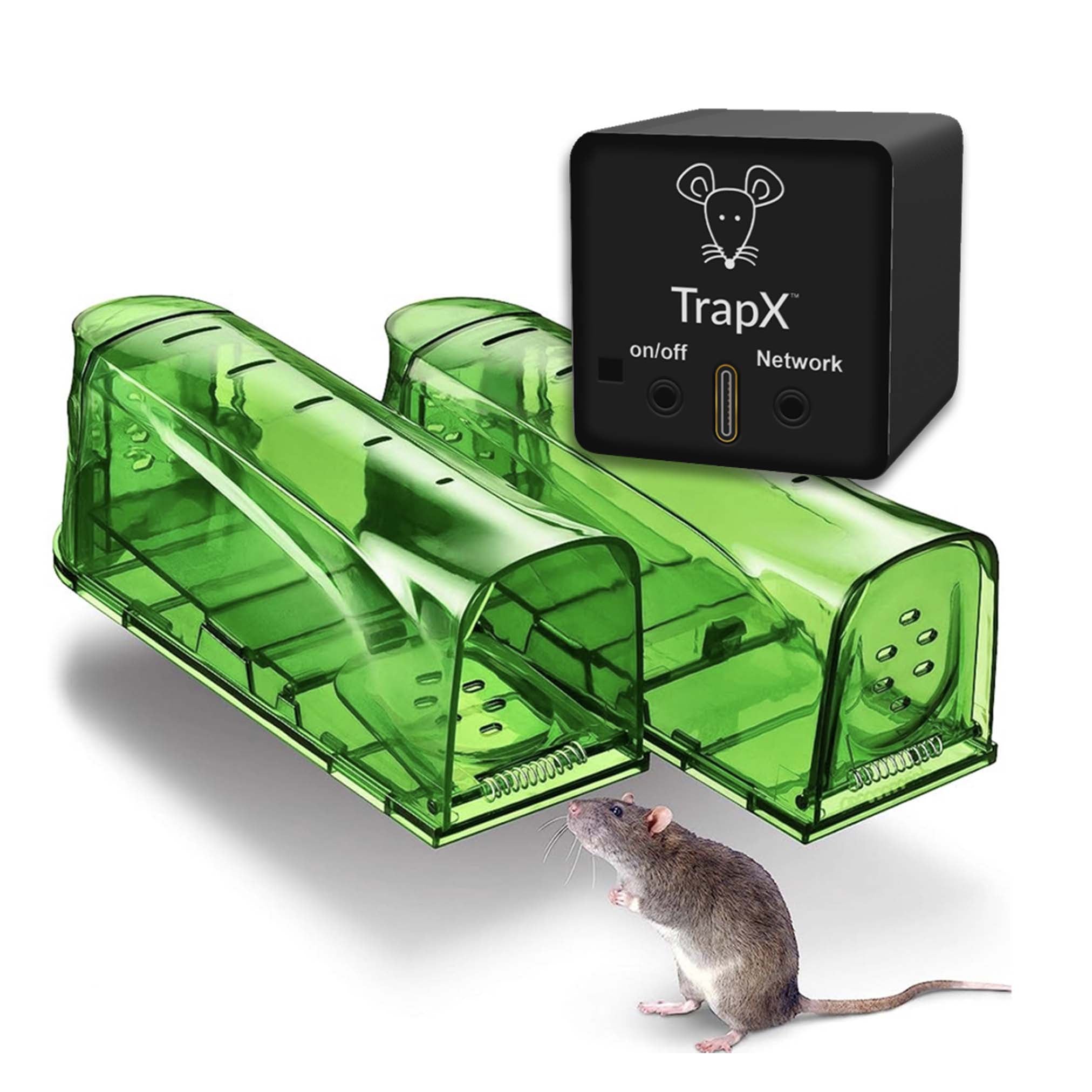Creating a mouse trap car is a fun and educational project that people of all ages can enjoy. Whether you're participating in a school physics project or just looking for a fun DIY activity, building a mouse trap car teaches essential principles of mechanics and engineering.
In this step-by-step guide, we will walk you through the process of making a mouse trap car, ensuring you understand each step. The primary focus will be on creating an efficient and effective design using household items and common supplies.

Table of Contents
What is a Mouse Trap Car?
Materials You Will Need
Tools Needed
Understanding the Mechanics Behind a Mouse Trap Car
Step 1: Preparing the Mouse Trap
Step 2: Designing the Car Chassis
Step 3: Creating the Axles
Step 4: Attaching Wheels
Step 5: Constructing the Propulsion Mechanism
Step 6: Assembly Process
Step 7: Testing Your Mouse Trap Car
Step 8: Troubleshooting Common Issues
Step 9: Optimizing for Performance
Additional Tips and Modifications

What is a Mouse Trap Car?
A mouse trap car is a small vehicle powered by a mousetrap. This project demonstrates basic principles of physics, such as energy transfer and mechanical advantage. For more in-depth insights, check out this guide on mice traps.

Materials You Will Need
- Mousetrap
- Wooden dowels or skewers
- Cardboard or lightweight wood for the base
- CDs or bottle caps (for wheels)
- String
- Glue or adhesive tape
- Rubber bands

Tools Needed
- Scissors
- Utility knife
- Ruler
- Hot glue gun
Understanding the Mechanics Behind a Mouse Trap Car
Before building your car, it is essential to understand how the mechanical principles work. The mousetrap's spring stores potential energy, which converts to kinetic energy when released. This energy propels the car forward. Dive deeper into this topic by reading about rodent infestation.
Step 1: Preparing the Mouse Trap
Remove any unnecessary parts from the mousetrap, leaving only the base and the spring mechanism.
Step 2: Designing the Car Chassis
Use a piece of cardboard or lightweight wood as the chassis. Cut it to the desired size, ensuring it is sturdy enough to support the mousetrap and wheels.
Step 3: Creating the Axles
Attach wooden dowels or skewers to the front and rear of the chassis. These will serve as axles for your wheels.
Step 4: Attaching Wheels
Use CDs or bottle caps as wheels. Attach them securely to the ends of the axles.
Step 5: Constructing the Propulsion Mechanism
Tie a piece of string to the mousetrap's spring arm. Attach the other end of the string to the car's rear axle. To learn more about advanced techniques, check out this guide on building cars.
Step 6: Assembly Process
Glue the mousetrap to the chassis using a hot glue gun. Ensure it is firmly in place before proceeding.
Step 7: Testing Your Mouse Trap Car
Wind the string around the rear axle and set the mousetrap. Release it and observe how the car moves. For more tips, take a look at our no-kill mice traps.
Step 8: Troubleshooting Common Issues
If the car doesn't move as expected, check for issues such as misaligned wheels or faulty connections.
Step 9: Optimizing for Performance
Experiment with different materials and designs to improve the car's speed and distance.
Additional Tips and Modifications
Consider adding features like adjustable axles or lightweight materials to enhance performance. For a comprehensive look at other traps and modifications, read this Victor Tin Cat guide.
FAQs
1. How does a mouse trap car work?
A mouse trap car is powered by the spring mechanism of a mousetrap. When the trap is released, the stored potential energy converts into kinetic energy, propelling the car forward.
2. What materials are best for a mouse trap car?
Lightweight and sturdy materials such as cardboard, wood, and plastic are ideal for constructing the chassis and wheels.
3. How can I make my mouse trap car go faster?
Optimizing the car's design, reducing friction, and ensuring wheels are aligned properly can help increase speed.
4. Can I use other types of traps?
While a mousetrap is common, other spring-loaded traps can also work, but they might require different designs.
5. Is this project safe for kids?
Yes, with proper supervision, building a mouse trap car is a safe and educational activity for children.
6. What is the best way to test a mouse trap car?
Find a smooth, flat surface and ensure there is enough space for the car to move. Conduct multiple test runs to fine-tune the design.
Conclusion
Creating a mouse trap car is a rewarding project that combines fun with education. By following this step-by-step guide, you'll not only build a functional mouse trap car but also gain insights into basic mechanics and physics principles. Experiment with different designs and materials to see how you can improve performance. Happy building!
As an Amazon Associate, I earn from qualifying purchases.





